| Zeitschrift Umělec 2004/1 >> STRUGGLE WITH(IN)ZAPATISTA MURALS | Übersicht aller Ausgaben | ||||||||||||
|
|||||||||||||
STRUGGLE WITH(IN)ZAPATISTA MURALSZeitschrift Umělec 2004/101.01.2004 Petra Binková | reportage | en cs |
|||||||||||||
|
In 1997, when standing for the first time in front of the painted walls in Zapatista indigenous villages in the southernmost Mexican state of Chiapas, I tried to read them as coherent and complex visual messages by and for those who have long ago lost any hope to be heard simply by “being.” While observing the shapes, forms, colors and other aesthetic categories, no matter how much I was eager to examine all these parameters, I realized that these murals were not made to mark any major breakthrough in the long history of wall painting or new departure towards a different visual “reality” of publicly shared spaces. I felt no relief, but a need to challenge my own “academic” background of examining, reexamining and appropriating visual creation within the frame of approved methodology. Hence, in the following lines I would like to go beyond a mere unknotting of the intertwined leftist revolutionary visual language of Zapatista mural paintings which narrate various ideological and human messages, testimonies, and indigenous as well as universal themes. Between the lines, I wish to articulate the story of my own “struggle” as I wandered around these colorful walls during my recent fieldwork in Chiapas.
Ten years after the Zapatista guerrilla army staged their short-lived armed rebellion in the name of indigenous rights, “democracy, freedom and justice” and after subsequent unsuccessful attempts to negotiate with the Mexican government, it seems that the Indian rebels can no longer afford to demand revolutionary change. In the eyes of leftists elsewhere in the world, the diverse revolutionary strategies, the rhetorical skill of their non-indigenous charismatic leader Subcomandante Marcos and the impressive media showing the Zapatistas are a symbol of indigenous struggle and the anti-globalization movement. But now they have been left to search for a means of exercising their rights through autonomous local government councils. This may indeed prove to be a very tricky issue in the remote region of the Lacandón jungle, particularly when taking into account the difference between so-called local-traditional and military-revolutionary forms of organization. Inside Zapatista communities decision-making is based on the exclusive consensus of all its members, since their aim is to provide the one and ultimate “collective” answer. According to my own experience and other testimonies, this tends to produce non-transparent relationships between its own members and when dealing with the outside world. It seems even more paradoxical when the process as such is being justified in terms of the traditional form of indigenous organization. Moreover, to speak of local traditions of democratic decision-making and to present the rules which governed them as forms of primitive democracy is to keep silent about the authority of the elders and chiefs which depended on a central theocracy to enforce orders and to defend their interests. The “traditional” form of decision-making is only one aspect of the overall authority inside autonomous communities in Chiapas. A careful reading of numerous communiques and other writings of EZLN (Ejército Zapatista de Liberación Nacional) reveals the existence of a clear distinction between “us” (the liberation army) and “them” (the masses). In order to remove any doubts, EZLN tirelessly proclaims that the organization consults with the base — there must be plebiscites, assemblies and referendums. The Zapatista organization thus conforms to the basic principles of previous leftist revolutionary movements: assemblies for the base, a clandestine political committee at the top. Consequently, there is a clear tendency (which is by no means symptomatic only of Chiapas communities) to blur the line between the public and the private sphere through the use of the general terms “social,” “communal,” “cultural” and even “revolutionary.” In this sense, the iconography of the Chiapas murals to a large extent mirrors the above-described Zapatista organizational structure or even becomes its visual counterpart. No matter how diverse and “open” the painted messages seem to be at first glance, their didactic content must always conceptually fit into the official canon of Zapatista ideology and is firmly embedded in one particular sets of beliefs aimed at the ultimate goal: fulfillment of the orthodox ideas of leftist revolutionary struggle against the center of global corporate power. This also suggests why I haven’t been able to track down any individual attempts to engage in personal dialogue with their authors, or with members of the community and vice versa, which would enable them to freely participate in a direct exchange. Such an ideological predetermination of iconography inevitably transforms the artist-creator into an executor of another publicly accessible medium through which the effective “education” of the masses can be, so to speak, colorfully enhanced. Apart from this, in order to regard the murals in Chiapas as political art in public space, they would have to somehow distance themselves from the supposed message in their content. What can be considered as revolutionary art is that which opens new ways, not work that uses social or political subjects to call itself revolutionary. Zapatista murals, however, clearly emanate a particular visualized myth of the memory of displaced historical events, popular icons and revolutionary figures. These types of myths result in simple repetitive practices in which a certain set of beliefs is passively fixed inside a two-dimensional surface and the surrounding physical space. In conclusion, these types of public narratives cannot assert a meta-status which would bring them to the level of possible equilibrium in relation to the immediate space of their existence, or reach for transcendence as part of everyday experience among members of a particular community. In other words, the corporate — in the sense of imposing generalized content through effective symbolism in order to achieve pragmatic syncretized form with the traditional vocabulary of leftist revolutionary ideas — assimilation of used imagery poses the problem of devaluing the legitimacy of values, or even mutilating their relevance for the community. It may indeed seem paradoxical, but I still consider the murals in Chiapas as works of art and revolution: an art of impossibility to communicate a message, a revolution which allows freedom to retreat from the given artistic categories. No matter how clearly translatable my personal process of reading Chiapas murals appeared for “external” purposes, it nonetheless brought me to the point of writing about them. The reason was not to search for art, or to look for another revolution.. It was my wish to tackle the traditional anthropological and revolutionary interpretation of a particular culture which tries to define itself outside of the limits of externally imposed identification. Last summer when I was negotiating the hour of my next meeting with a Tzotzil-speaking Indian named Pedro in Oventic (one of the five administrative and cultural centers of the Zapatista autonomous region), I noticed that his watch was set one hour behind mine. “You have Fox’s time, but we have our own here,” he explained to me. It basically meant that they do not switch to “summer” time as the rest of Mexico does. As I write this article, my watch is temporarily synchronized with Pedro’s. Still, I cannot help thinking that our clocks are ticking away in two parallel worlds. Within Pedro’s reality, the revolution is happening now, while my reality is to contemplate all the spins of my personal (r)evolution regarding the Zapatistas, and it has been ever since my first eager step onto their autonomous land in 1997, to this very attempt at critical reflection.
01.01.2004
Empfohlene Artikel
|
|||||||||||||
|
04.02.2020 10:17
Letošní 50. ročník Art Basel přilákal celkem 93 000 návštěvníků a sběratelů z 80 zemí světa. 290 prémiových galerií představilo umělecká díla od počátku 20. století až po současnost. Hlavní sektor přehlídky, tradičně v prvním patře výstavního prostoru, představil 232 předních galerií z celého světa nabízející umění nejvyšší kvality. Veletrh ukázal vzestupný trend prodeje prostřednictvím galerií jak soukromým sbírkám, tak i institucím. Kromě hlavního veletrhu stály za návštěvu i ty přidružené: Volta, Liste a Photo Basel, k tomu doprovodné programy a výstavy v místních institucích, které kvalitou daleko přesahují hranice města tj. Kunsthalle Basel, Kunstmuseum, Tinguely muzeum nebo Fondation Beyeler.
|







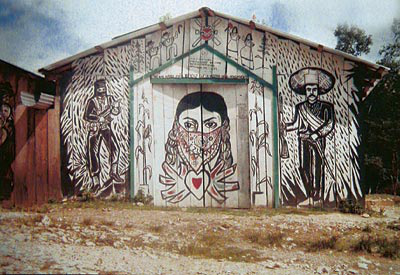








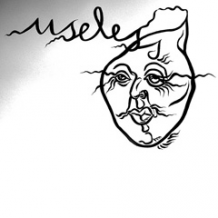






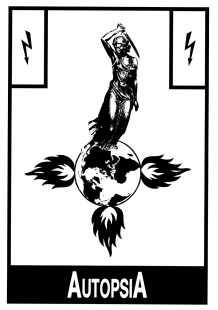




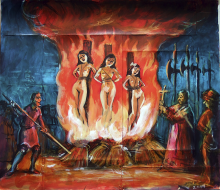
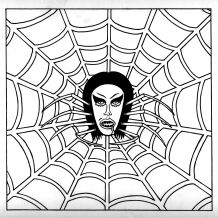
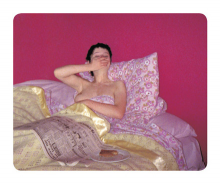
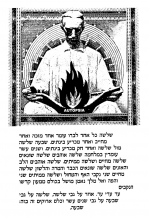


 We Are Rising National Gallery For You! Go to Kyjov by Krásná Lípa no.37.
We Are Rising National Gallery For You! Go to Kyjov by Krásná Lípa no.37.
Kommentar
Der Artikel ist bisher nicht kommentiert wordenNeuen Kommentar einfügen